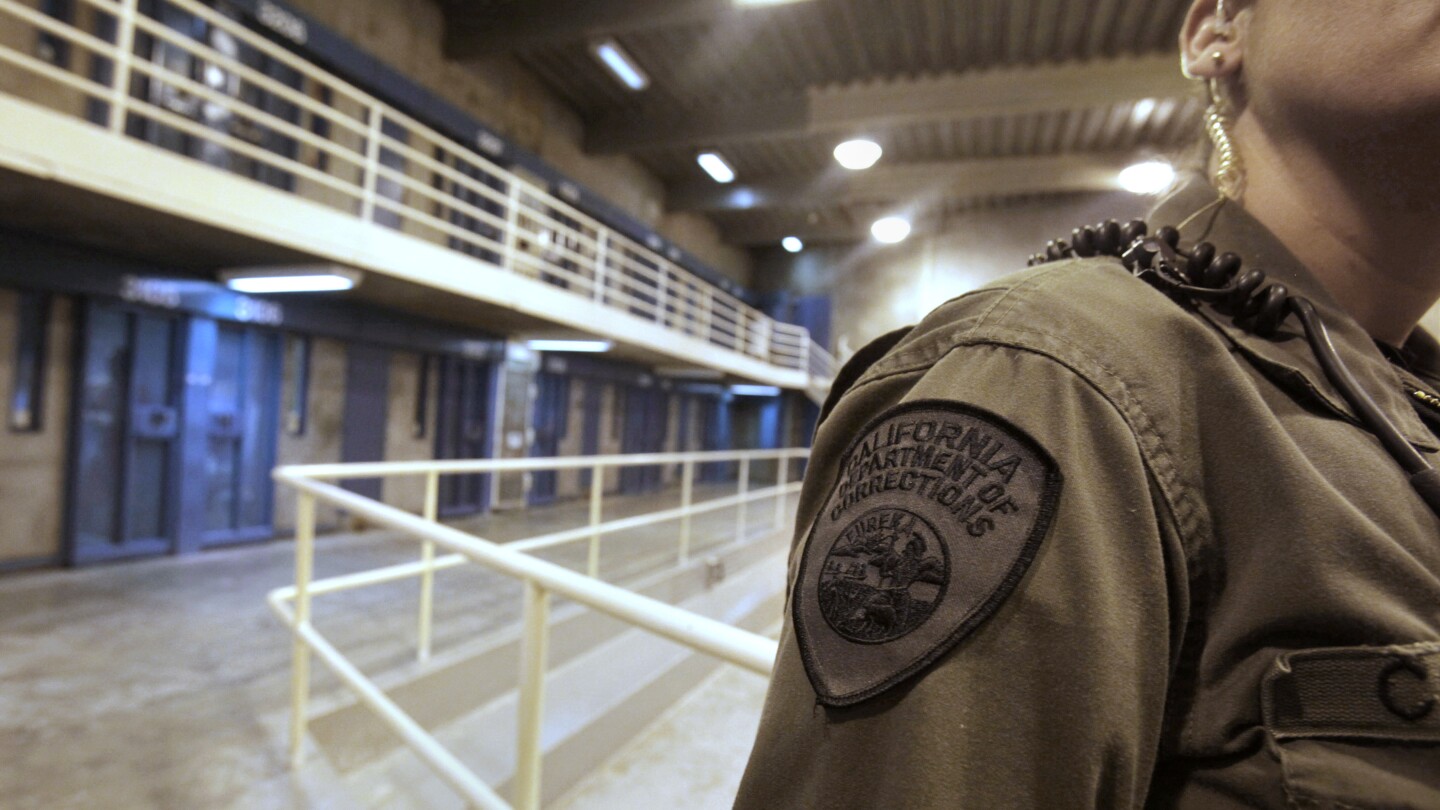Corrections Training
Corrections training is essential for equipping staff with the skills and knowledge to manage inmates effectively and maintain facility security. This directory offers articles on various training programs, techniques, and best practices within the correctional system. Proper corrections training ensures that officers are prepared to handle the challenges of their roles, promoting safety and professionalism. Explore our section on additional career development resources.
A compelling look at revenge as a true addiction — and how understanding its science can help us prevent harm, build awareness and move toward forgiveness
A review of major incidents shows how weapons bypass searches and why vigilance during intake, movement and programs remains critical
Used wisely, discretion strengthens safety and legitimacy in corrections; misused, it erodes authority and ethics
Emotional intelligence helps correctional officers stay sharp, think clearly and recover stronger after the toughest shifts
In ‘Stressed Out,’ Gary F. Cornelius shows why self-care is just as vital as officer safety in corrections
This conversation explores career lessons, the importance of integrity and how the next generation can prepare for the challenges ahead
A simple psychological law from the 1950s still shapes how officers think, react and perform in critical moments
In this training scenario, two rookie officers have very different approaches to effectively running a housing unit. Which one is right?
There are many reasons why inmates ask questions of COs; remaining in control of how and when you respond is the key to success
Turning complex data into actionable strategies for staff, inmates and facilities
Physical design flaws, staffing shortages and complacency all create unseen risks in correctional facilities — but proactive supervision can help eliminate blind spots
Proactive thinking and clear justification are key to managing force incidents and protecting both staff and inmates
The Nov. 18 event will feature expert-led sessions that support operational excellence and leadership readiness
The San Quentin tragedy reminds us that small lapses in security can open the door to violence and loss of life
Trained civilians can be highly effective in programs and services such as educational and vocational training, recreation, and treatment
If these lessons are not taken seriously, the safety and security of staff, and all who reside within, will be at risk
COs must balance helping inmates with maintaining a secure correctional facility – follow these top tips to improve your safety
The deadly uprisings at Attica, New Mexico State Penitentiary and Lucasville still hold critical lessons for correctional safety, staffing, communication and crisis response
Proactive intelligence on security threat groups can prevent violence, reduce contraband and protect staff and inmates
Real-world stories of inmate ingenuity highlight the importance of ongoing training to prevent manipulation and contraband smuggling
Learn why outcome-based leadership is crucial for making meaningful changes in your agency and community
In corrections, being unaffected isn’t about not caring — it’s about staying focused, composed and in command
An inmate gained control of an officer’s TASER in an open dorm — this incident reveals five key procedural gaps for corrections officers to address
Too many officers are letting inmates take the lead — literally. Here’s how we lost control, and how to fix it before someone gets hurt
Learn what a sovereign citizen is, how they use fake license plates, whether they can be arrested and how U.S. courts view their legal defense
The duty to intervene in an excessive force situation is your legal and moral responsibility
Staff training on manipulation and improper relationships is key and must be constant and clear for all sworn and non-sworn staff
With a use-of-force module and individual enrollment options launching, correctional leaders and staff now have more ways to build intervention skills and support a culture of accountability
With turnover rates soaring and lawsuits looming, continuous training offers a cost-effective path to retention, morale and safer correctional facilities
MOST POPULAR
- NYC mayor plans to overhaul police academy, consolidating training for corrections and other city departments
- Ky. detention center transforms old warehouse into reentry program hub to combat recidivism
- Is your facility in need of a culture shift?
- Reasons why you should and should not apologize to an inmate
- Training scenario: Is shaking an inmate’s hand ever appropriate?































